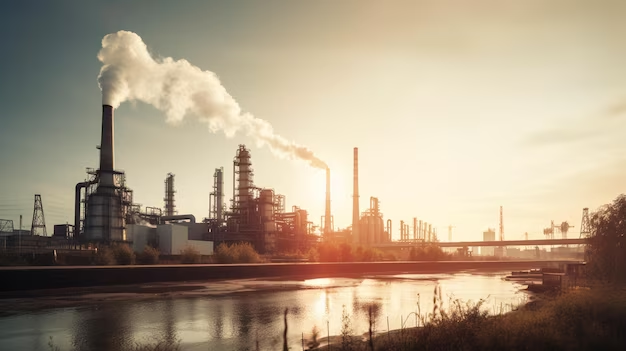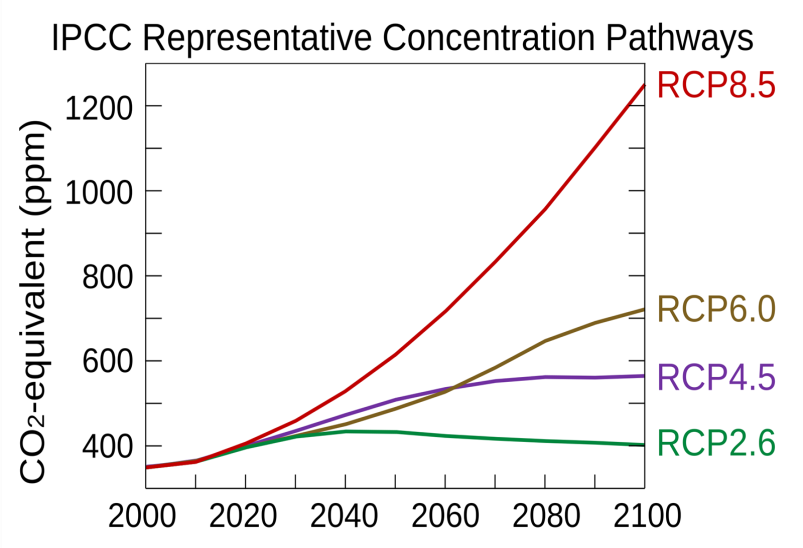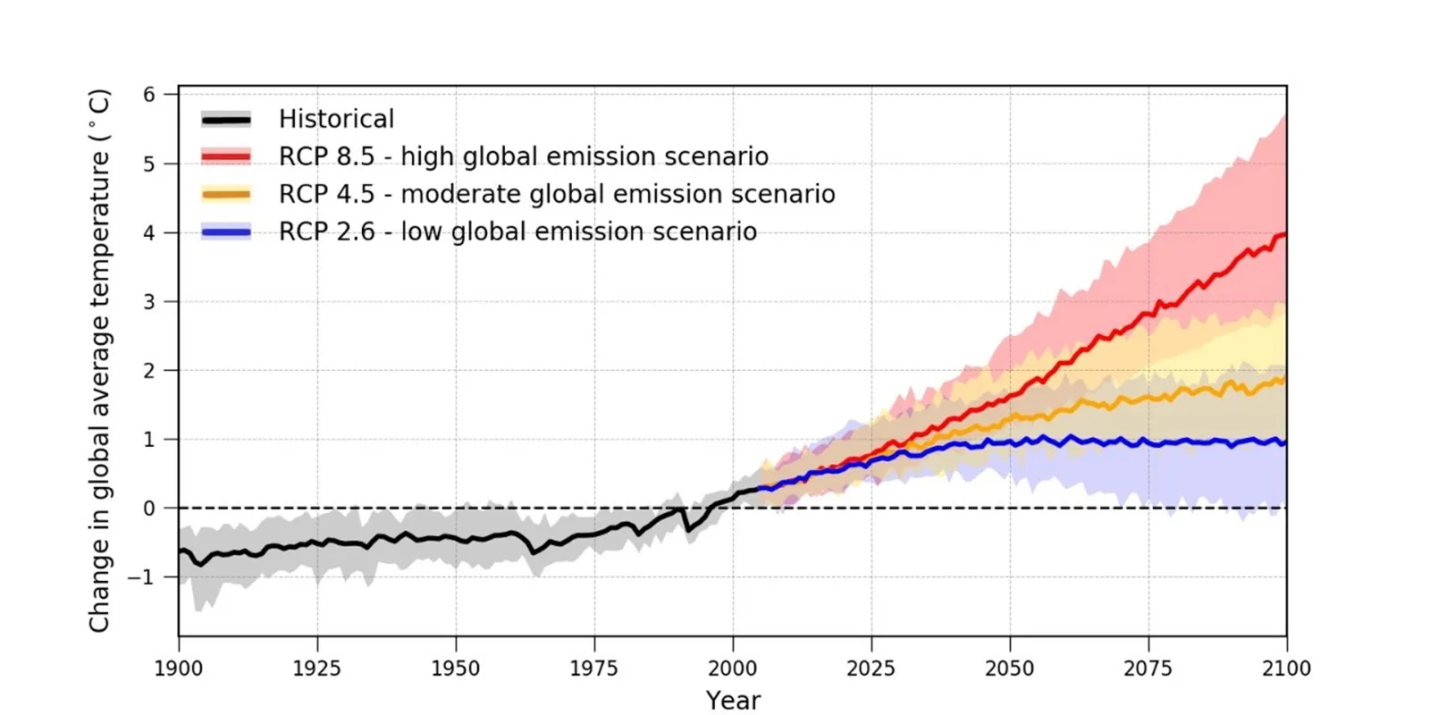Free Courses Sale ends Soon, Get It Now


Free Courses Sale ends Soon, Get It Now



Copyright infringement not intended
Context: Representative Concentration Pathways (RCPs) are tools that project different future greenhouse gas concentration levels, allowing climate models to predict the potential range of climate change impacts like temperature rise and sea-level changes.
Details
Emission Scenarios
Representative Concentration Pathways (RCPs)

There are four main RCPs

Significance and Use
Conclusion
|
PRACTICE QUESTION Q. The concept of 'Loss and Damage' in climate negotiations refers to: (A) Financial compensation from developed countries to developing countries for unavoidable climate change impacts. (B) The irreversible loss of biodiversity due to climate change. (C) The economic costs associated with preparing for climate-related disasters. (D) The deterioration of infrastructure due to extreme weather events. Answer: (A) Explanation: 'Loss and Damage' is a critical point within climate negotiations. It specifically focuses on the irreversible consequences of climate change that go beyond adaptation measures. Developing nations argue that developed countries, historically responsible for high emissions, should provide financial support to address these losses. |
© 2024 iasgyan. All right reserved